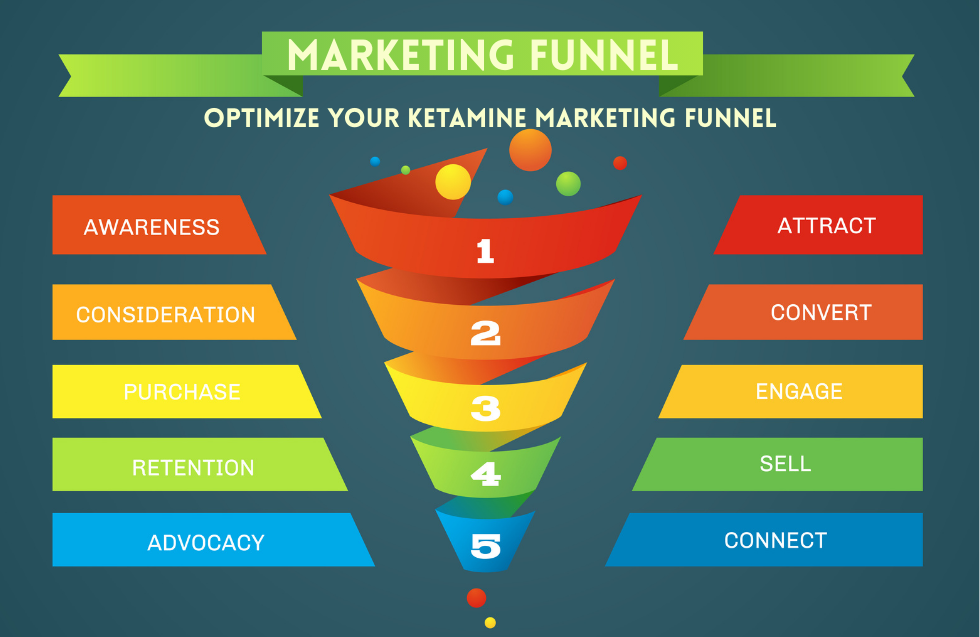In today’s fast-paced business environment, the ability to adapt to change is not just a competitive advantage; it’s a necessity. Organizations face constant pressure to evolve, whether driven by technological advancements, shifting consumer preferences, or unforeseen global events. As such, enhancing your organization’s Change Capability Quotient (CCQ) has become crucial for sustainable growth and resilience.
The Change Capability Quotient measures an organization’s ability to effectively manage and adapt to change. It encompasses the processes, tools, and mindsets that empower teams to respond quickly and effectively to new challenges. This blog explores how to enhance your organization’s CCQ by building agile teams and adapting to rapid transformation.
Understanding Change Capability Quotient (CCQ)
Before delving into strategies for enhancing CCQ, it’s essential to understand what it encompasses:
- Awareness of Change: Recognizing the need for change and understanding its impact.
- Agility: The ability to pivot quickly in response to changing circumstances.
- Collaboration: Fostering teamwork and open communication to facilitate change.
- Innovation: Encouraging creative thinking to develop effective solutions.
- Resilience: Maintaining performance levels in the face of change.
Organizations that score high on their CCQ can navigate challenges more effectively, leading to improved performance and competitive advantage.
The Importance of Building Agile Teams
Agile teams are at the heart of a high CCQ. Unlike traditional teams, agile teams are characterized by flexibility, collaboration, and a focus on continuous improvement. They can adapt quickly to new information, shifting priorities, and changing market conditions. Here’s how to build and nurture agile teams within your organization:
1. Embrace a Culture of Continuous Learning
A learning culture is vital for agility. Encourage employees to seek new knowledge and skills, providing opportunities for professional development. This can include workshops, training sessions, and access to online courses. According to a LinkedIn Learning report, 94% of employees would stay at a company longer if it invested in their career development.
Action Steps:
- Implement a mentorship program to pair experienced employees with those looking to grow.
- Create a knowledge-sharing platform where team members can exchange insights and best practices.
2. Foster Open Communication
Effective communication is essential for agile teams. Create an environment where team members feel comfortable sharing ideas, feedback, and concerns. Regular check-ins, team huddles, and open-door policies can help foster this culture.
Action Steps:
- Utilize collaboration tools such as Slack or Microsoft Teams to facilitate real-time communication.
- Conduct regular feedback sessions to ensure team members’ voices are heard and valued.
3. Implement Cross-Functional Teams
Cross-functional teams bring together diverse skill sets and perspectives, enhancing problem-solving and innovation. By breaking down silos, organizations can leverage the collective expertise of their employees, leading to more effective solutions and faster decision-making.
Action Steps:
- Identify key projects that would benefit from cross-functional collaboration and assemble diverse teams to tackle them.
- Encourage team members to participate in projects outside their usual roles to broaden their experience and understanding.
4. Prioritize Flexibility and Adaptability
Agility requires the ability to adapt quickly to changing circumstances. Encourage teams to be flexible in their approaches and open to adjusting their strategies based on new information. This adaptability can help organizations respond to market changes more effectively.
Action Steps:
- Set clear goals but remain open to modifying them as needed. Use OKRs (Objectives and Key Results) to align teams on priorities while allowing room for flexibility.
- Implement iterative processes, such as Agile or Scrum, to facilitate quick adjustments and continuous improvement.
5. Leverage Technology for Agility
Technology plays a crucial role in enhancing CCQ by enabling real-time data access, streamlined communication, and efficient workflows. By embracing digital tools, organizations can enhance their agility and responsiveness.
Action Steps:
- Invest in project management software like Trello, Asana, or Jira to streamline workflows and improve collaboration.
- Utilize data analytics tools to gather insights into market trends and customer behavior, enabling proactive decision-making.
Strategies to Enhance Your Organization’s Change Capability Quotient
Enhancing your CCQ requires a strategic approach that aligns with your organizational goals. Here are some strategies to consider:
1. Conduct a Change Readiness Assessment
Before implementing change initiatives, assess your organization’s readiness. This involves evaluating your current CCQ and identifying areas for improvement. Gather input from employees at all levels to gain a comprehensive understanding of your organization’s strengths and weaknesses.
Action Steps:
- Develop a survey to assess employees’ perceptions of change within the organization.
- Analyze feedback to identify common challenges and areas that require attention.
2. Create a Change Management Framework
A structured change management framework can guide your organization through transitions effectively. This framework should outline the processes, roles, and responsibilities associated with change initiatives. It can serve as a roadmap to ensure that all team members understand their roles during times of change.
Action Steps:
- Develop a standardized change management process that includes key stages such as planning, implementation, and evaluation.
- Assign change champions within teams to lead change initiatives and provide support.
3. Encourage Employee Involvement
Involving employees in the change process fosters a sense of ownership and commitment. When team members feel invested in the change initiatives, they are more likely to embrace them and contribute positively.
Action Steps:
- Establish focus groups to gather input on proposed changes and initiatives.
- Encourage team members to share their ideas for improving processes and enhancing agility.
4. Measure and Evaluate Change Effectiveness
Monitoring the effectiveness of change initiatives is essential for continuous improvement. Establish key performance indicators (KPIs) to track progress and evaluate the impact of changes on organizational performance.
Action Steps:
- Regularly review KPIs related to employee engagement, productivity, and customer satisfaction.
- Use feedback to refine change initiatives and make necessary adjustments.
Conclusion
Enhancing your organization’s Change Capability Quotient is a strategic imperative in today’s dynamic business environment. By building agile teams and fostering a culture of adaptability, organizations can navigate change more effectively and emerge stronger.
Investing in continuous learning, open communication, cross-functional collaboration, and technology is essential for developing agile teams that can respond quickly to challenges. Additionally, implementing a robust change management framework and involving employees in the change process will further strengthen your organization’s CCQ.
As businesses face rapid transformations, organizations that prioritize agility and resilience will be better positioned to thrive in an ever-evolving landscape. Embrace the journey of change, and empower your teams to lead the way toward a successful future.













